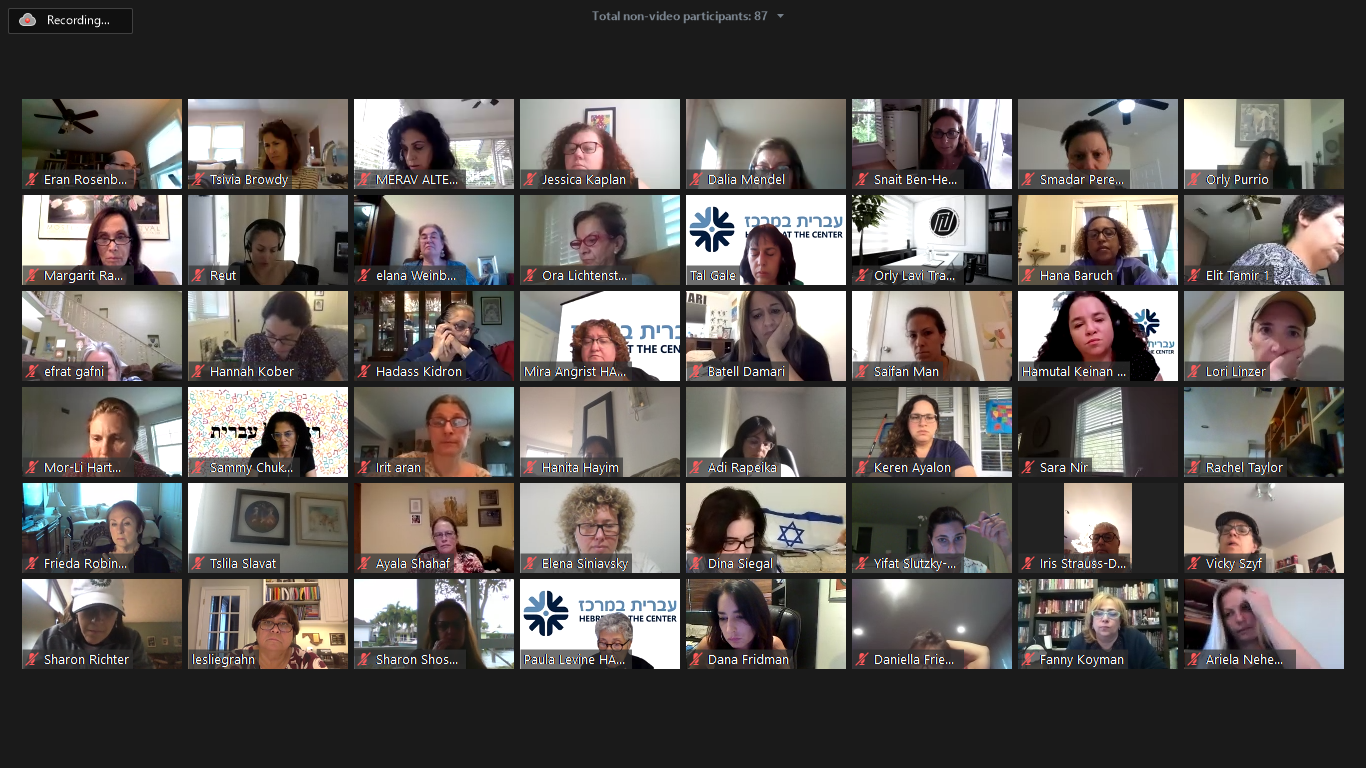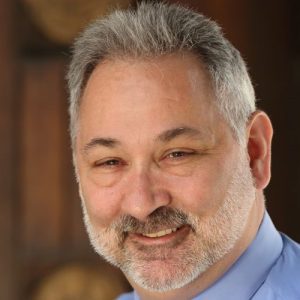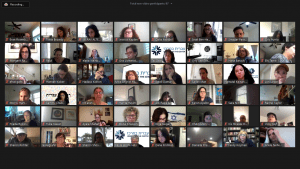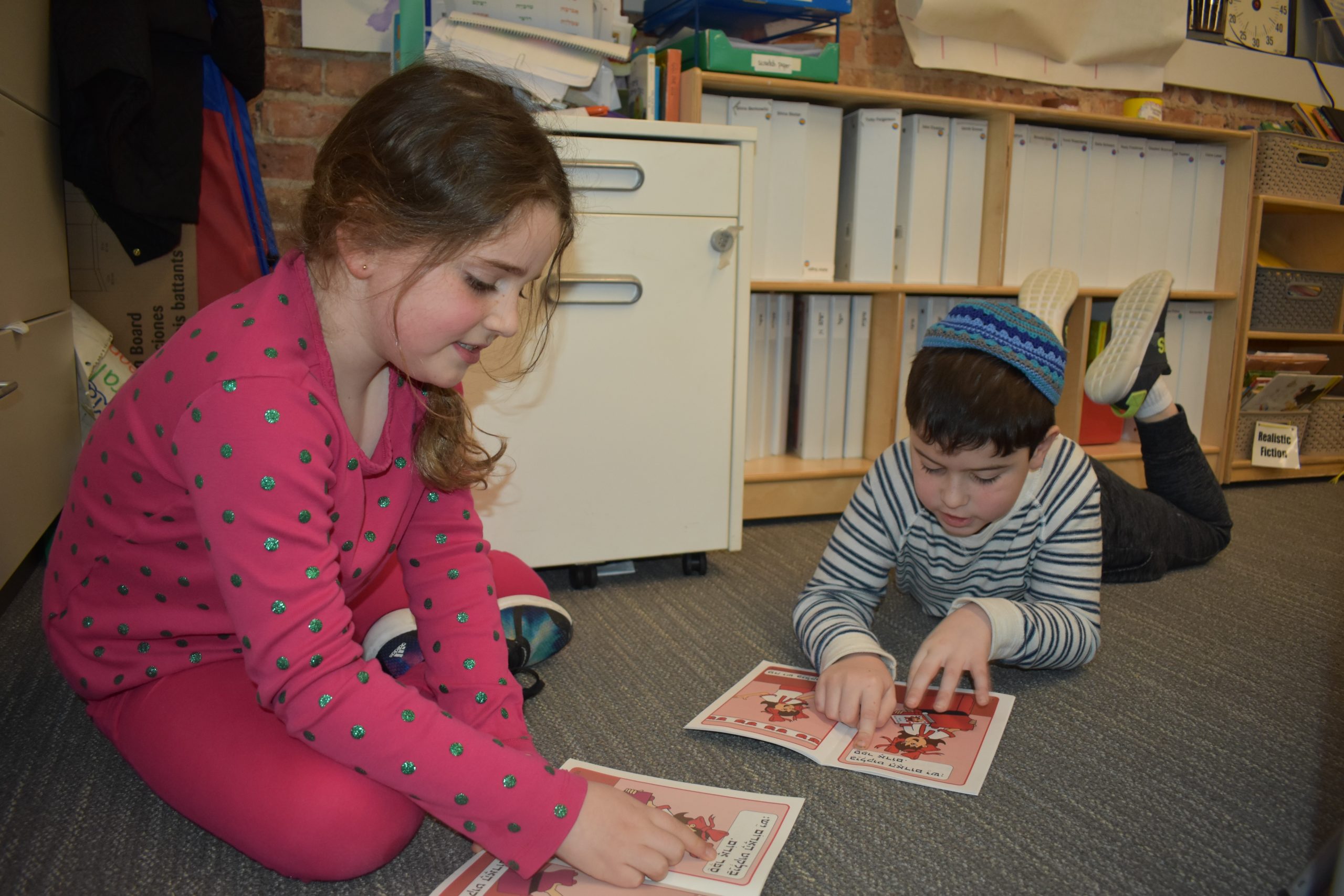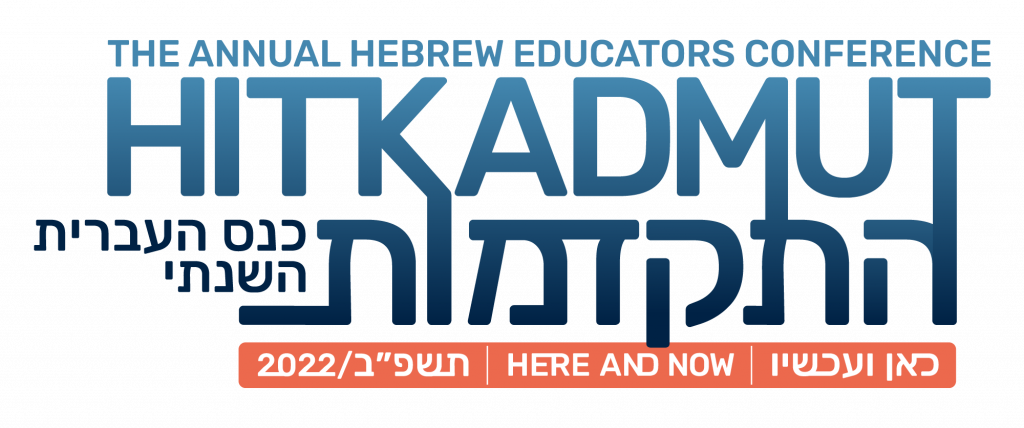With a background in developmental psycholinguistics and as a Jewish day school parent, I have spent the last 40 years preoccupied with the state of Hebrew teaching and learning, especially in day schools, throughout North America and beyond. Anyone who knows me knows that I am meshuga ledavar, obsessed with Hebrew teaching and learning and unwilling to accept the mediocre results that characterize most of Jewish education when it comes to Hebrew.
Over the past few weeks, I have had the pleasure to discuss their commitment to Hebrew with various funders of Jewish education, all of whom have held leadership roles at Jewish day schools. Our conversations focused on two questions:
- Why do we believe it is so important to invest in Hebrew?
- How should we leverage our investment in Hebrew?
WHY HEBREW?
Hebrew is the language of the Jewish people. It is both a link across generations and the language of the State of Israel, the Jewish state. There have been many concerns expressed about the widening gap between Jews in Israel and the Diaspora; Hebrew is viewed as a key element to narrowing that gap and strengthening our connection to each other. In addition, Hebrew not only provides deep and direct access to our heritage, our texts and to meaningful engagement in prayer but has the added benefits associated with learning another language, a language that has personal meaning for all Jews.
According to Sara Bloom, board chair of Hebrew Public: Charter Schools for Global Citizens, “Hebrew creates a deep connection between Jews and non-Jews and Israel.” Evelyn Katz, past chair of Hebrew Academy (RASG) in Boca Raton, called Hebrew “the gateway to our culture and our heritage.” Speaking more than one language broadens our own world to include others. When we think about strengthening the connections between America and Israel, she points out that we can best relate to, understand, and enjoy a country, its people and culture when speaking their language.
David Koschitzky, immediate past chair of the board of trustees of Keren Hayesod, expressed, “For us, the Hebrew language has been a defining part of Jewish culture through the centuries. It would be a shame to lose as an anchor and building block.”
Alisa Doctoroff, chair of the board of the Jim Joseph Foundation, said, “The story of Hebrew is compelling as a story. At one point in history, it was spoken by very few people and now it is the language of a whole country. It is exciting and is the bond between the past, present and future.”
Manette Mayberg, founder of the Jewish Education Innovation Challenge, reflected, “As the language of the Jewish people, Hebrew provides the glue for Jews globally. Without shared language, there is no culture to attach to and ultimately no potential for lasting community.”
It is not possible to extract the deep meanings and wisdom embedded for us in our legacy as the Jewish people without access through Hebrew language.
HOW TO INVEST?
When asked how to most effectively invest in Hebrew education, one strong message is to invest in our educators. The recent CASJE research study of Jewish educators makes it clear that Jewish education will be strengthened when we provide deep, sustained professional development opportunities for our teachers and educational leaders. Al achat kamah vekhamah, all the more so for Hebrew. Even in many of our day schools where students might spend up to 13 years with anywhere from 3 to 5 hours a week in Hebrew class, students are graduating who don’t speak Hebrew or are unable to navigate Jewish texts in the original.
As Manette Mayberg pointed out, it’s crucial to dispel the notion that any Hebrew speaker can teach the language. Investing in organizations like Hebrew at the Center that prioritize training and coaching of Hebrew language professionals and take language transmission seriously, in other words, investing strategically in the human resources that are key to achieving the goals we set for our day school graduates, provides the most value.
In Sara Bloom’s view, the average day school gives very little thought to the outcomes of Hebrew education—whether their kids can navigate a Tanakh or buy a bus ticket. Day school leaders are not necessarily thinking intentionally about these outcomes, and many of the teachers don’t have the sophistication to realize articulated outcomes. She also points out that in order to realize the benefits of truly functioning in a language, we need to be encouraging and investing in truly immersive Hebrew learning as opposed to other pedagogic frameworks.
As parents, board members and funders, we can play a key role in calling attention to this deficiency by engaging our school leaders to focus more on their Hebrew programs and to set higher expectations. For example, the Koschitzky family ties its funding of Jewish education to requirements that schools include a certain amount of Hebrew, Tanakh and Israel education as part of the curriculum.
It is important not only that these elements are viewed as essential elements of a Jewish education but that they are coupled with an investment in assessment. There are effective tools available to language educators to help them set clear goals, measure student proficiency and adjust the teaching to ensure that students continue to progress. This is an essential element of effective education that holds us as educators accountable and fosters student growth.
If we are truly interested in giving our children a strong start, there are clear benefits to introducing Hebrew at an early age. In addition, we can expand access through the development and use of technological tools, online apps and programs that allow our students to enhance the language learning beyond the classroom.
English might be my mother tongue, but Hebrew is the language of my heart and heritage. It is our responsibility to pass this gift on from generation to generation.
In the words of Alisa Doctoroff, “Language has power. Hebrew has power for the Jewish People.”
Click here for the original post at prizmah.org

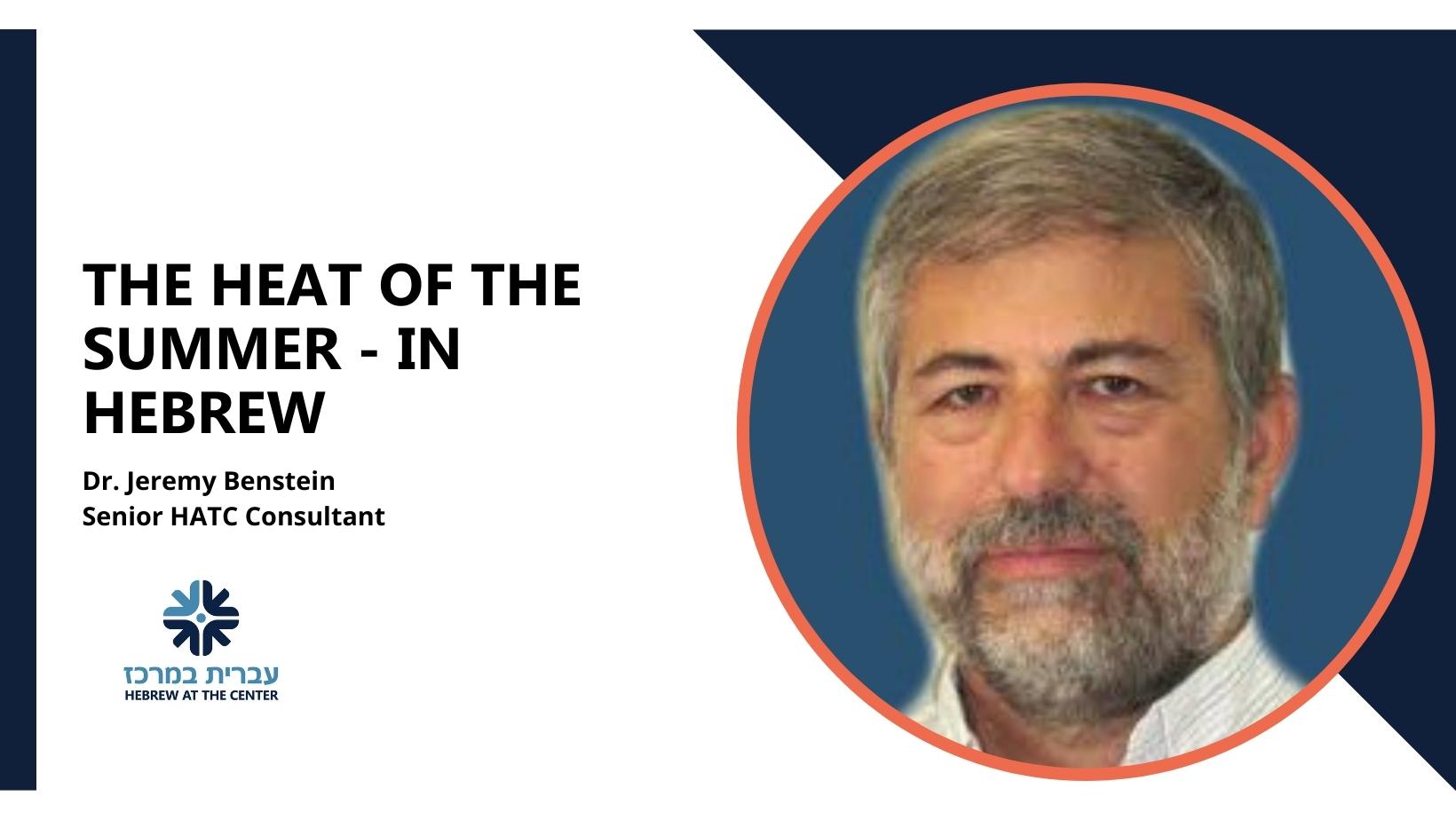
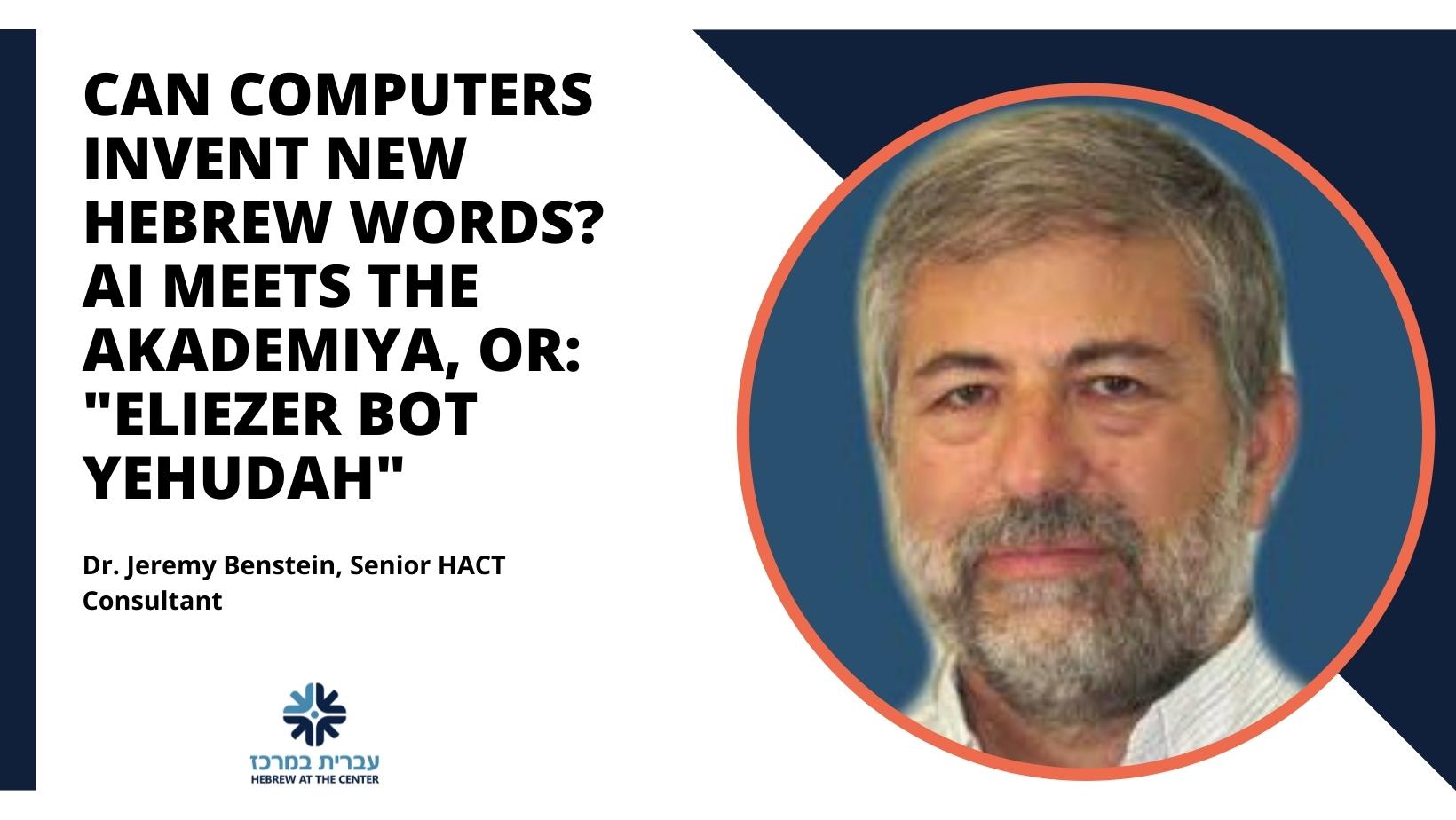


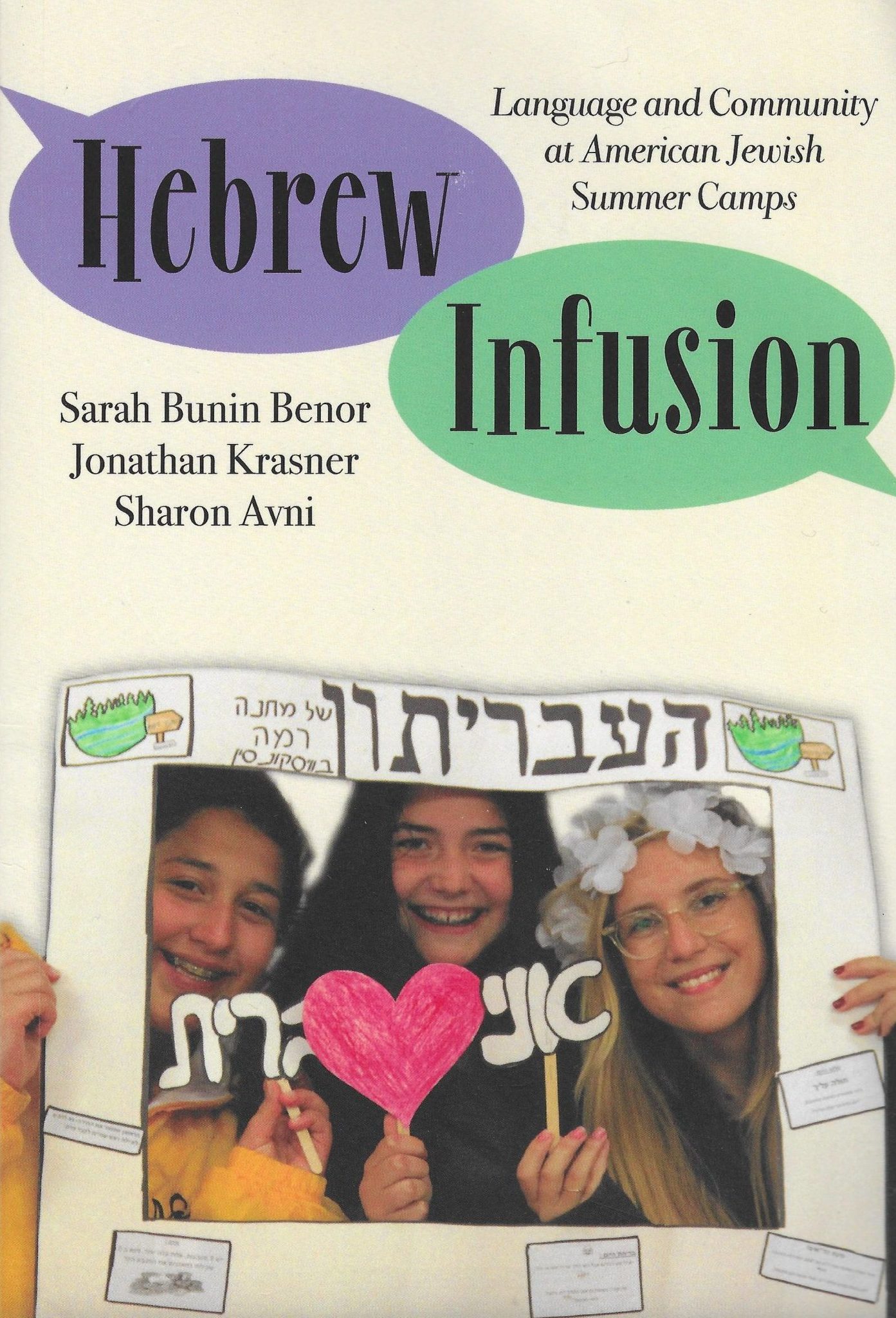
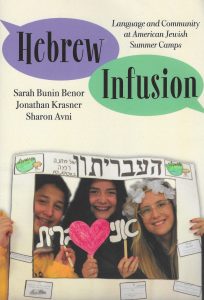
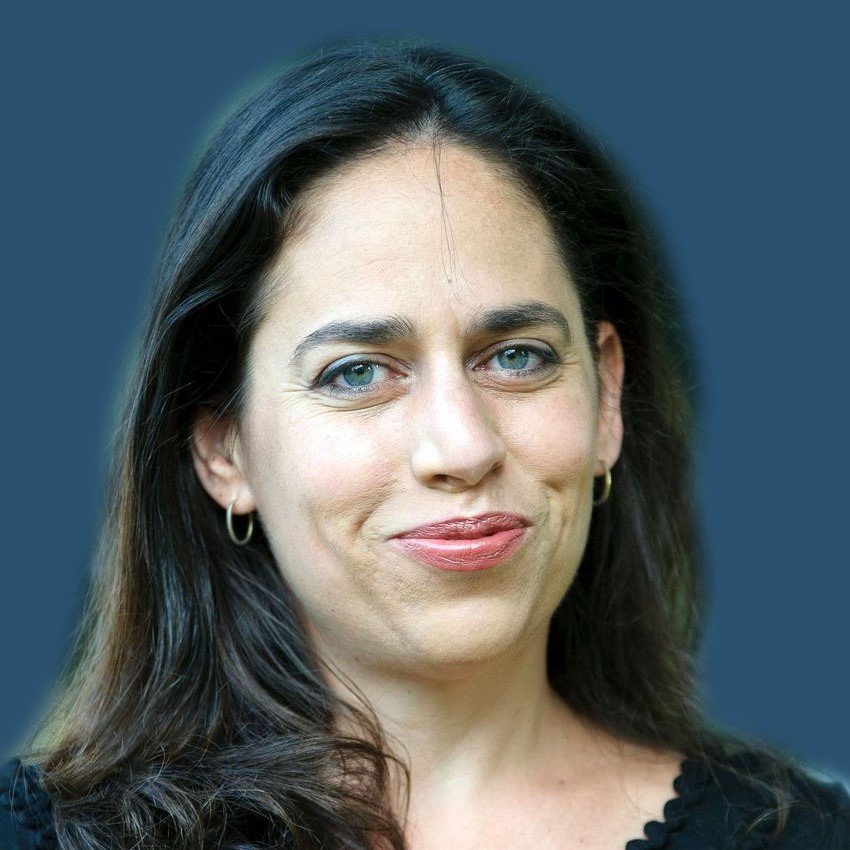
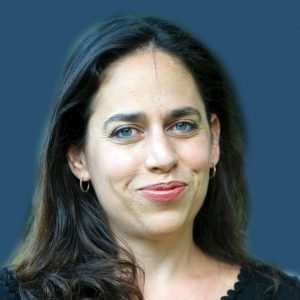 Since 2012, Yom Ha’Ivrit (Hebrew Language Day) has been celebrated each year on the 21st of Tevet; it was created in order to promote the Hebrew language in Israel and around the world. In Israel, this day is marked by celebrations in schools, lectures and community events. In North America only a handful of Hebrew enthusiasts and scholars note this day. Ivrit (Hebrew) is not only the language and responsibility of the State of Israel; it is the language of the Jewish People—a joint venture of Israel and the diaspora.
Since 2012, Yom Ha’Ivrit (Hebrew Language Day) has been celebrated each year on the 21st of Tevet; it was created in order to promote the Hebrew language in Israel and around the world. In Israel, this day is marked by celebrations in schools, lectures and community events. In North America only a handful of Hebrew enthusiasts and scholars note this day. Ivrit (Hebrew) is not only the language and responsibility of the State of Israel; it is the language of the Jewish People—a joint venture of Israel and the diaspora.